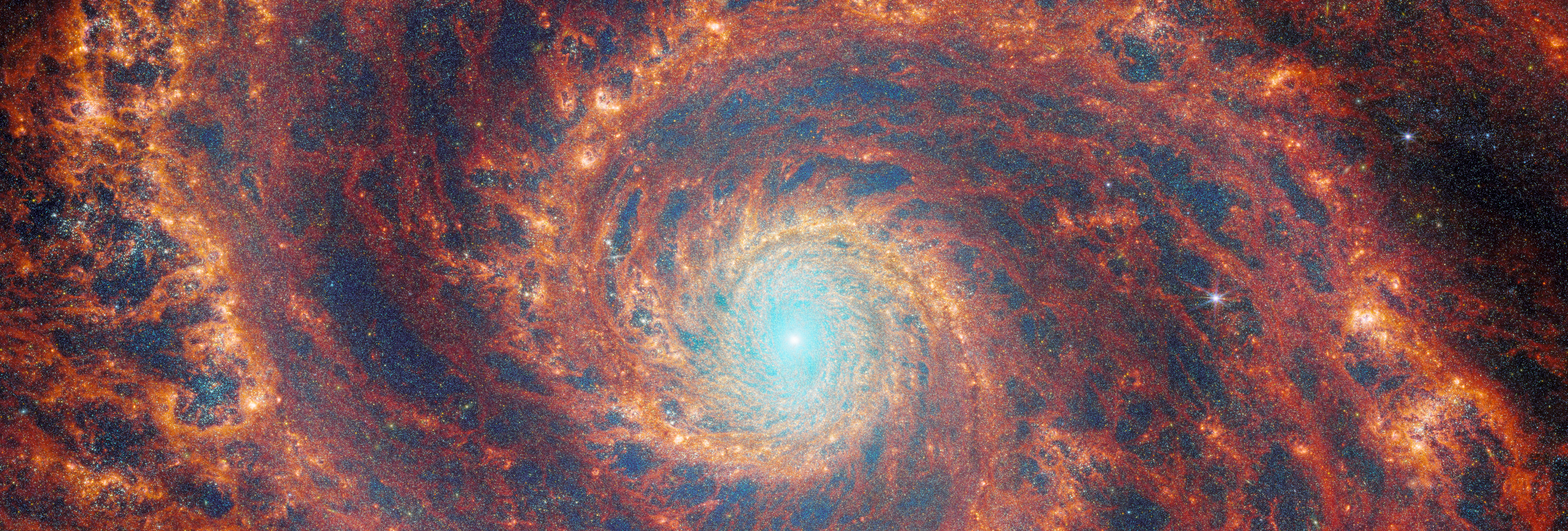Carl Sagan is generally remembered as someone who popularized Science, translating its findings into everyday terms and making it compelling. Less appreciated, I think, is that he was an ardent Humanist. He understood the perils that our technology and historical foolishness posed, yet still held out hope that humanity could reach its potential and expand peacefully into space.
Two things struck me about this book, which was published in 1994. First, there is clear, unapologetic discussion of global warming. To Sagan, there wasn’t even a controversy. He helped elaborate the science behind models of climate change, based in particular on our findings at the planet Venus. I’d known all this, but to hear “global warming” discussed matter-of-factly by a scientist 20 years ago — not as a theory but as an imminent challenge facing humanity — told a lot about the violence that the Bush Administration has done to scientific discourse.
Second, Sagan looks at the big picture. He sees the challenges facing us as a species as perhaps typical of most planetary civilizations at a certain stage of technology. We have mastered tools which can save or destroy the planet, but we have not yet mastered ourselves. Sagan treats at length the question of whether we deserve to explore and colonize other solar systems, when we have wreaked such havoc here at home. His answer, which I find elegant, is that the vast distances between stars make them unreachable without a certain level of technological achievement. The timescale of such developments is much longer than the time we have to avoid any number of self-inflicted catastrophes here on Earth. In short, we are forced to survive ourselves in order to survive to the stars.
It is refreshing, and inspirational, to accompany Sagan on his flights of fancy about the human future. Although his rhapsodizing may annoy some, and though he fails to account for certain disruptive developments like Artificial Intelligence and nanotechnology, one fact remains: we need more scientists — more humans — like Carl Sagan. We need men and women with a firm grasp of Science, an ear for poetry, and a belief that humans have not yet expressed their full potential. Our future may depend on it. [New York: Random House]

